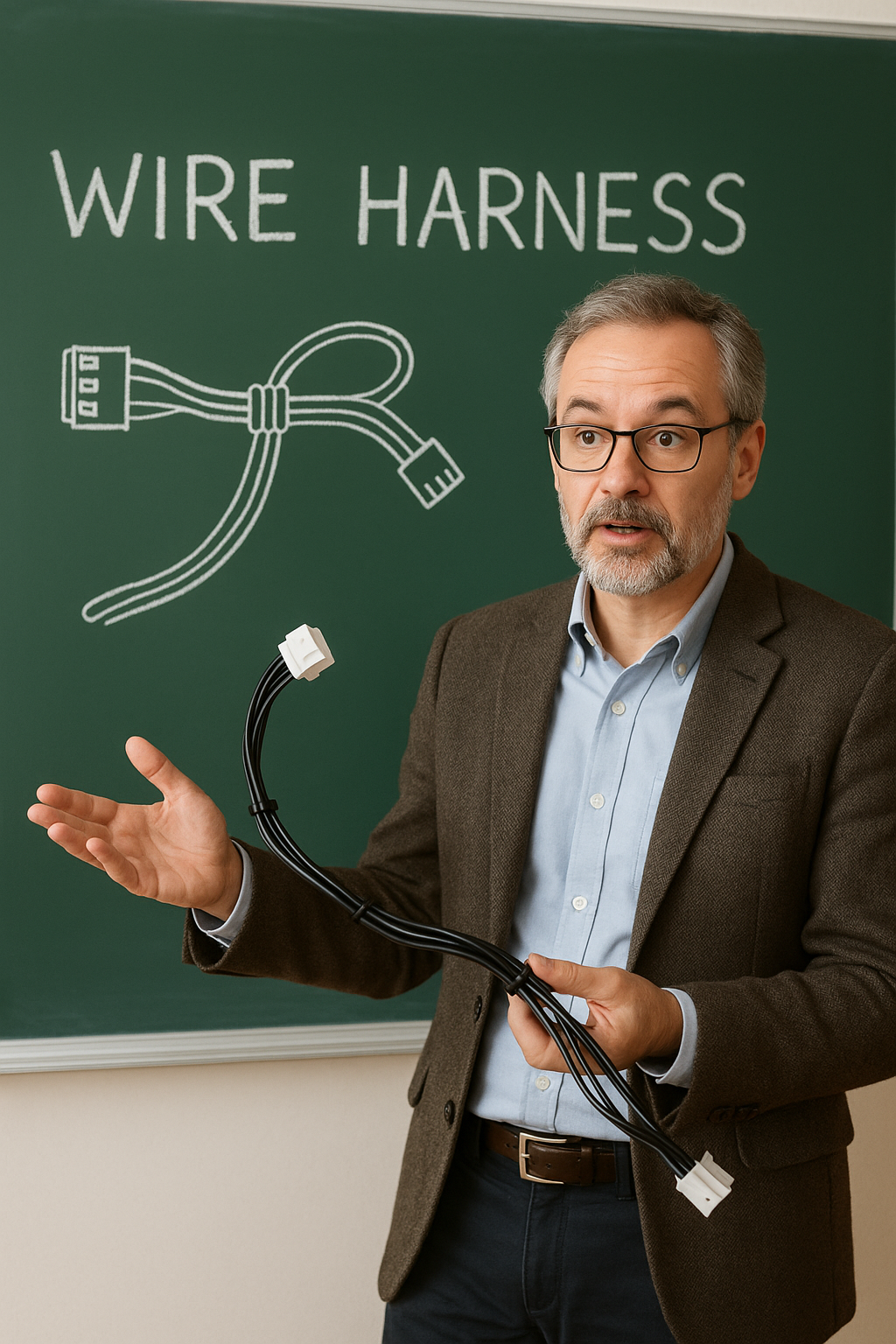What Is a Wire Harness? How It Differs from Cable Assembly

In industries ranging from automotive and aerospace to medical devices and consumer electronics, efficient power and signal transmission is critical. That’s where wire harnesses and cable assemblies come into play. While these two terms are often used interchangeably, they serve distinct purposes and are built differently.
If you’re sourcing wire harness services or looking for a reliable cable assembly service, understanding the differences between the two can help you make more informed decisions during product development and manufacturing.
What Is a Wire Harness?
A wire harness, sometimes called a wiring harness or cable harness, is an organized bundle of wires or cables that transmit electrical power or signals. These wires are grouped together and secured using cable ties, sleeves, tapes, or other binding materials.
Key Features:
- Wires are typically individually insulated and then bundled together.
- The harness may include connectors, terminals, or protective sheathing.
- Designed primarily for internal applications where physical protection isn't the primary concern.
Common Applications:
- Automotive wiring systems
- Industrial machinery
- HVAC systems
- Consumer appliances
Wire harness services are often used when manufacturers need a compact, easy-to-install, and cost-effective solution for internal wiring needs.
What Is a Cable Assembly?
A cable assembly is a more robust solution where multiple wires are enclosed within a single outer protective jacket, designed to withstand environmental stress such as heat, moisture, abrasion, or chemicals.
Key Features:
- The entire bundle is enclosed in a single sheath or covering.
- Provides greater protection in harsh environments.
- Typically custom-built to fit exact dimensions and connection points.
Common Applications:
- Aerospace and defense systems
- Medical equipment
- Outdoor telecommunications
- Heavy industrial machinery
Companies offering cable assembly service focus on delivering durable, field-ready wiring solutions for complex and rugged applications.
Main Differences at a Glance
Choosing Between Wire Harness and Cable Assembly
The choice between a wire harness and cable assembly depends on your application’s needs:
- For internal wiring in protected environments, wire harness services are ideal due to their simplicity and lower cost.
- For outdoor or industrial environments, a cable assembly service provides better protection and reliability.
Working with an experienced manufacturer can help you design the right solution, whether you need a simple wire harness for an appliance or a rugged cable assembly for aerospace systems.
Final Thoughts
While wire harnesses and cable assemblies both serve to connect electrical components, they are not one-size-fits-all solutions. Understanding the difference is crucial when designing systems that demand performance, safety, and durability.
If you’re looking for tailored wire harness services or a trusted cable assembly service, partnering with a qualified electronics manufacturing provider ensures your assemblies meet both performance and regulatory requirements
